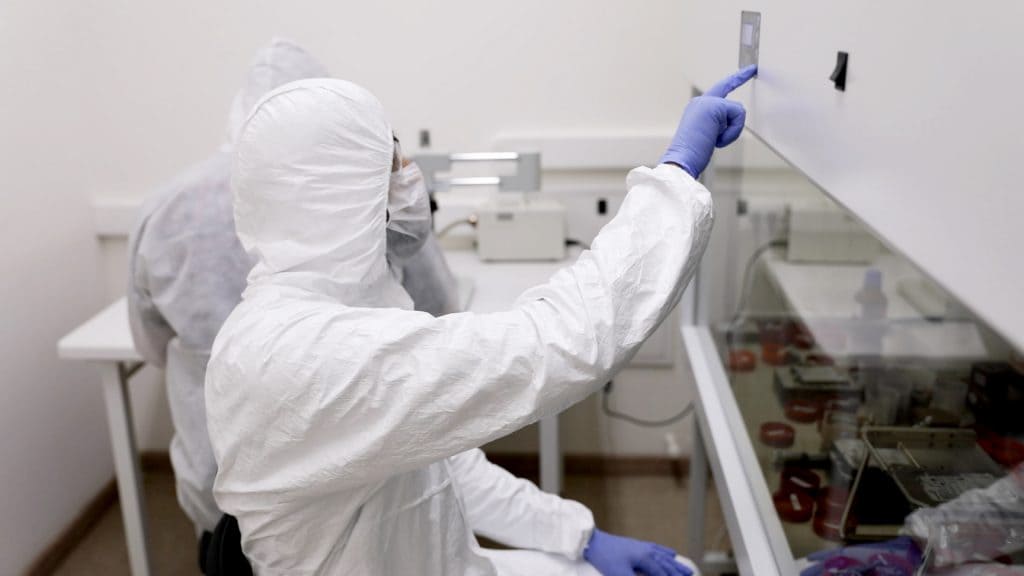When a database becomes corrupted, even a small error can disrupt critical business operations. Tables may disappear, records can turn unreadable, and entire systems may fail to start. For organizations that rely on continuous data access, this is one of the most serious issues they can face.
Database corruption can result from hardware damage, software errors, or simple power loss.
In this post, you will learn what causes corruption, how to prevent it, and what actions to take when it occurs to protect your valuable information.

What Is Database Corruption?
Database corruption occurs when the data structure inside a database becomes damaged or unreadable. This prevents the system from correctly storing, retrieving, or processing information.
Corruption can affect a single table, a group of records, or the entire database file, depending on the severity of the issue.
There are two primary types of corruption:
Logical Corruption: Occurs when internal references, indexes, or metadata become inconsistent. This often results from software bugs, incomplete transactions, or unexpected shutdowns.
Physical Corruption: Involves damage to the actual storage media or database files, such as from bad sectors, drive failures, or power surges.
Both types can lead to partial or total data loss. Understanding the nature of the corruption is the first step toward safe and effective recovery.
Common Causes of Database Corruption
Database corruption can happen for many reasons, often when hardware or software fails at a critical moment. Knowing these causes helps you take the right preventive steps before data loss occurs.
Here are some of the most frequent reasons databases become corrupted:
Power Loss or System Crash: Abrupt shutdowns during write operations can leave transactions incomplete and files inconsistent.
Hard Drive or RAID Failure: Bad sectors, overheating, or controller malfunctions can damage stored database files. Learn more about hardware-related data loss issues.
File System Errors: Corrupted file indexes or missing system blocks can make entire database files unreadable.
Software Bugs: Faulty updates, driver conflicts, or application errors can corrupt critical data structures.
Malware or Ransomware Attacks: Malicious programs can encrypt or damage database files, making them inaccessible.
Improper Shutdown or Forced Restart: Interrupting database operations without proper closure may break table or log consistency.
Corruption can occur silently and worsen over time if not detected early. Regular monitoring and safe shutdown procedures reduce these risks.

Warning Signs of a Corrupted Database
Database corruption rarely happens without warning. Subtle performance drops or unusual behavior can signal that something is wrong long before the database becomes completely inaccessible.
Watch for these common signs:
Slow Queries or Delayed Responses: Queries that once ran quickly begin taking much longer to complete.
Missing or Incomplete Records: Data disappears unexpectedly or tables return partial results.
Unexpected Error Messages: Frequent “table not found” or “index corrupted” errors during routine operations.
Backup or Restore Failures: Scheduled backups fail to complete or validation checks return mismatched data.
Frequent Crashes During Indexing or Replication: Unstable performance while rebuilding indexes or syncing data across servers.
These symptoms usually mean that data blocks or file structures are already damaged. If detected early, creating a verified backup and stopping write operations can prevent further corruption.
How to Prevent Database Corruption
Preventing database corruption starts with building a stable and well-monitored environment. Proper hardware maintenance, consistent backups, and safe operational practices go a long way in avoiding costly data loss.
Here are several key prevention methods:
Use Reliable Storage and RAID Protection: Store databases on enterprise-grade drives with redundancy to minimize the risk of disk-related corruption. For insights, read about hardware-related data loss issues.
Perform Regular Backups and Integrity Checks: Schedule automated backups and use checksum verification to detect errors early.
Maintain Stable Power and Cooling: Protect systems with UPS devices and ensure adequate airflow to avoid sudden shutdowns or overheating.
Keep Software and Firmware Updated: Apply verified updates to database engines, drivers, and RAID controllers to patch known vulnerabilities.
Implement Data Loss Prevention Practices: Follow best practices for preventing data loss and understand how drive reliability affects data integrity.
Shut Down Properly: Always close active sessions and transactions before powering down or restarting the system.
Preventive care helps preserve database stability and significantly reduces the chances of corruption caused by unexpected events.

Fast turnaround times for business-critical data
Steps to Take After Database Corruption Occurs
When database corruption occurs, a careful and immediate response is crucial to avoid further damage. Taking the right steps early can often preserve the integrity of your data.
Follow these key actions:
Halt all activities that modify the database. Continuing to write data can overwrite important information needed for recovery.
Before attempting any fixes, make a complete copy of the database or storage device to prevent additional corruption during repair attempts.
Use built-in integrity checks to identify the scope of corruption and which tables or indexes are affected.
Running random recovery commands or third-party repair tools without expertise can worsen the problem and make data unrecoverable.
Database corruption in enterprise systems often involves complex dependencies and storage layers. Professional recovery engineers can analyze the structure, rebuild damaged files, and safely extract data without risking further loss.
Acting quickly and professionally ensures the best chance of restoring your database to a stable, accessible state.
Trust the experts with proven results
Professional Database Recovery Solutions
Recovering a corrupted database is a complex process that requires both technical precision and specialized tools. Professional recovery engineers handle these situations by analyzing the type and extent of corruption before performing any repair.
At RAID Recovery Services, our team uses a combination of logical and physical recovery methods to restore critical data without risking further damage.
When logical corruption occurs, engineers rebuild damaged tables, indexes, and schemas to make the database accessible again.
In cases of physical damage, such as drive or RAID failure, each disk is cloned in a controlled environment to prevent additional data loss. The recovery process often includes file system repair and consistency checks to ensure every record is accurate and complete.
Database corruption can interrupt essential operations, but with professional recovery, your system can be restored safely and efficiently.
Conclusion
Database corruption can occur suddenly and cause serious data loss, but understanding its causes and acting quickly can prevent permanent damage.
Regular maintenance, verified backups, and proper shutdown procedures are key to keeping databases healthy. When corruption does occur, professional recovery remains the safest and most effective solution.
If your database becomes corrupted, contact RAID Recovery Services for expert diagnostics and reliable data restoration.

Frequently Asked Questions
What causes database corruption most often?
Database corruption is usually caused by hardware failures, sudden power loss, software bugs, or improper shutdowns during write operations. Even small interruptions can damage file structures or transaction logs.
How can I tell if my database is corrupted?
Common signs include missing records, slow performance, failed backups, or recurring error messages when running queries or rebuilding indexes.
Can I fix a corrupted database myself?
Minor logical issues may be repairable with built-in tools, but attempting manual fixes without full backups can make the problem worse. For severe corruption, professional recovery is recommended.
How can I prevent database corruption in the future?
Use enterprise-grade storage, maintain updated firmware, schedule integrity checks, and keep consistent verified backups. Proper shutdown and stable power also help reduce risk.
When should I contact a data recovery specialist?
If your database becomes inaccessible or repair tools fail to restore it, stop all activity immediately and reach out to a professional recovery service to avoid further data loss.